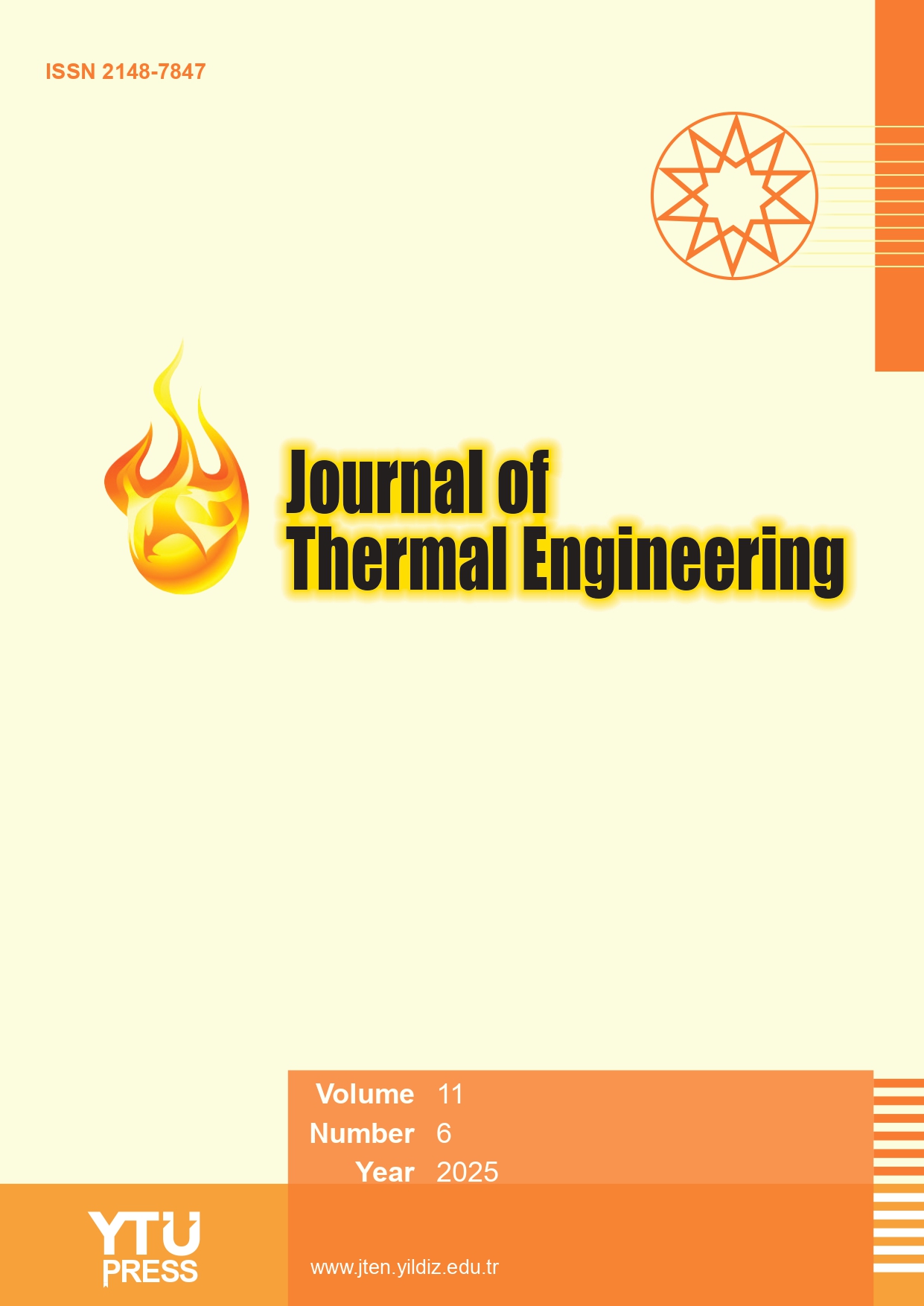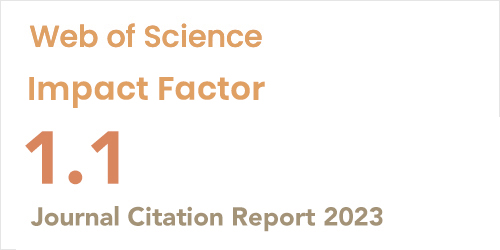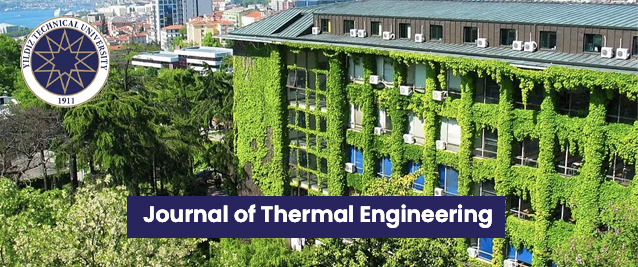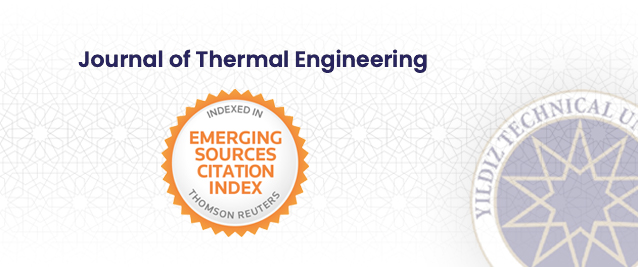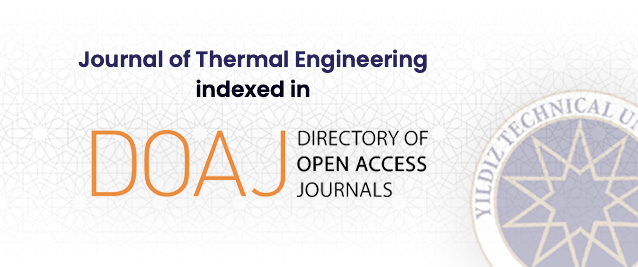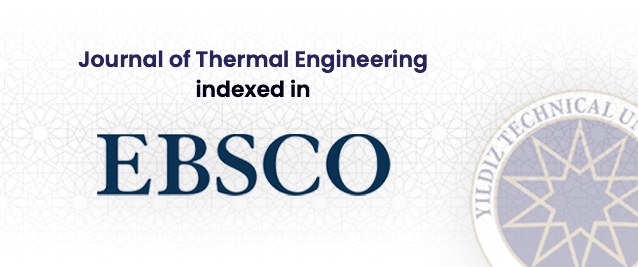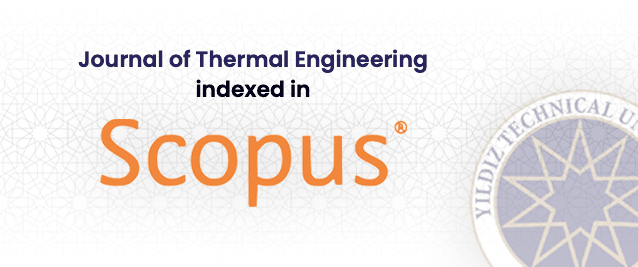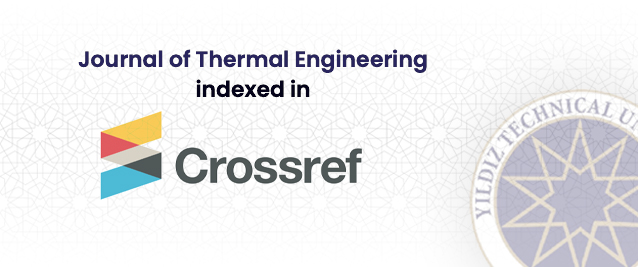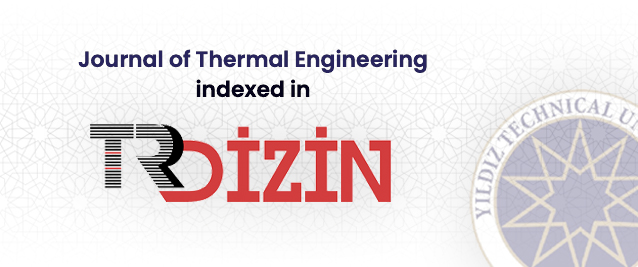Abstract
The reliability and efficiency of electronic systems can be improved by removing their high thermal flux. Integrating porous media and nanofluids as working fluid within a heat sink (HS) is an effective strategy to dissipate the heat of electronic devices. To cool a CPU, a three-dimensional numerical simulation is carried out to investigate the characteristics of Fe3O4-H2O nanofluid flow, heat transfer, and entropy production in the proposed heat sink equipped with enhanced metal foam. The two-phase Eulerian model is implemented in Ansys Fluent software to predict the behavior of the turbulence flow of nanofluid. The simulation results are validated with experimental and numerical existing data, good agreement is achieved. The impact of pore permeability (10−4 ≤ Da ≤ 10−1), nanoparticle diameter (10nm ≤ dn ≤ 50nm), nanoparticle concentration (0.1% ≤ φ ≤ 0.5%), and flow velocity (2600 ≤ Re ≤ 3800) on heat exchange and entropy generation/production are carried out. The results showed that the application of reinforced foam enhances the average Nusselt number by 5.79% compared to aluminum foam and reduces thermal entropy generation/production by 47.58% at Re = 2600. Moreover, the performance evaluation criteria (PEC) increase by 56% when the pore permeability and flow velocity are raised.


